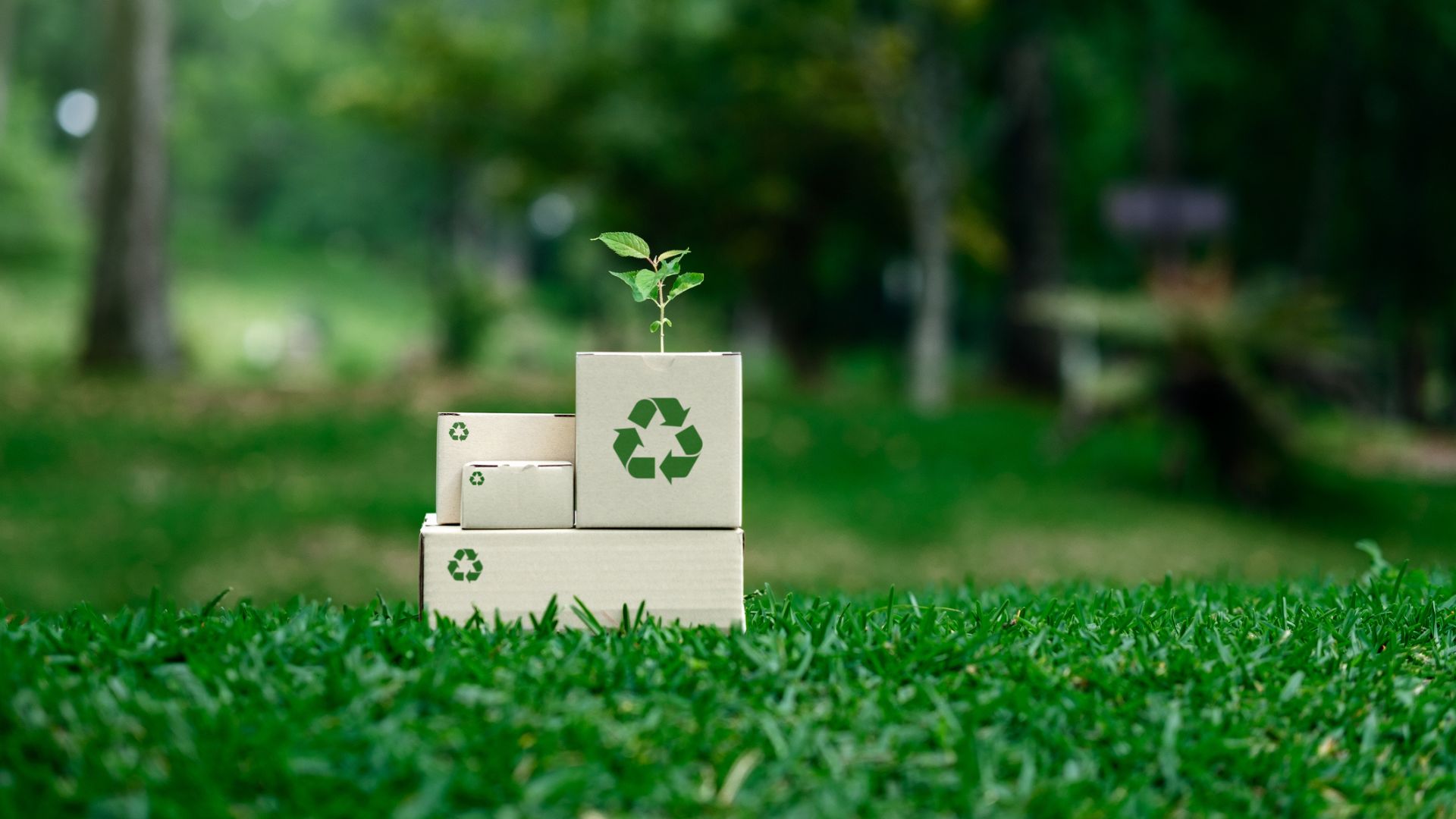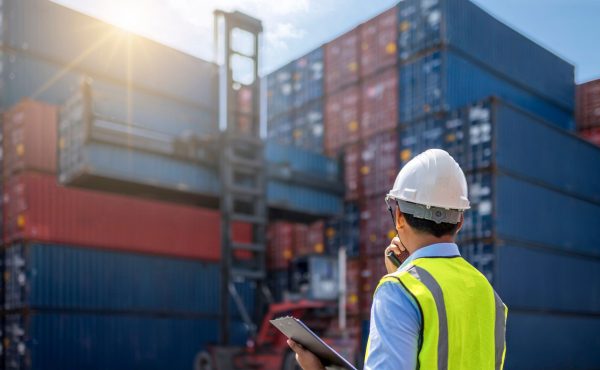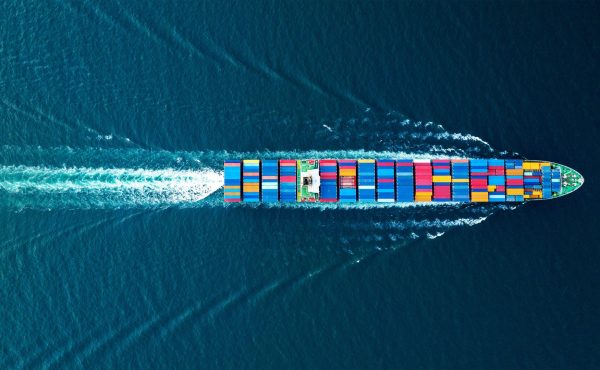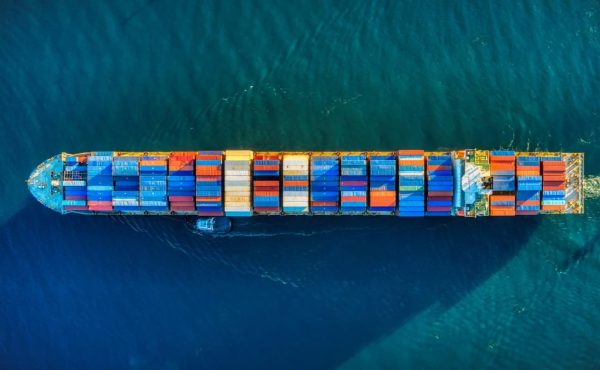New Trends in Sustainable Packaging for Export: What International Clients Expect
In international logistics, packaging is no longer just about protecting goods during transport. Increasingly, it has become a strategic criterion for international clients who are looking for solutions aligned with sustainability, efficiency, and global regulations.
Today, sustainable packaging is a differentiating factor that can open—or close—doors in export operations. It’s not just about meeting standards, but about responding to the growing demand from consumers, distributors, and international partners who prioritize environmentally responsible suppliers.
What Do We Mean by Sustainable Packaging in Logistics?
Sustainable packaging is packaging that, while maintaining the necessary safety and strength for international transport, is designed under green logistics principles:
- Reduced environmental impact: use of recyclable, biodegradable, or compostable materials.
- Space and weight optimization: lighter, more efficient packaging that reduces costs and CO₂ emissions in transport.
- Circularity: ability to be reused or integrated into global recycling chains.
- International regulatory compliance: adaptation to standards such as ISPM 15 for wood packaging or specific regulations in markets like the EU or the U.S.
What International Clients Expect
Safety without compromising sustainability
Clients expect packaging that withstands long sea or air journeys while keeping goods intact. Innovation now makes it possible to offer high-strength cardboard, recycled plastics, or bioplastics that combine protection with sustainability.
Traceability of materials used
More and more companies request detailed information about the origin of packaging: whether it comes from recycled sources, carries FSC certification, or can be easily recycled at destination.
Smart design and waste reduction
International clients demand compact packaging that optimizes container or pallet space, reducing both logistics costs and carbon footprint.
Alignment with ESG policies
Large corporations are integrating packaging into their ESG (Environmental, Social, and Governance) objectives. As a result, they expect their logistics partners to provide packaging that can be included in sustainability reporting.

Trends Shaping the Future of Sustainable Packaging
- Biomaterials: use of plant fibers, mushrooms, or compostable bioplastics as alternatives to single-use plastics.
- Returnable packaging: boxes and containers reused across multiple trips, especially in closed supply chains.
- Digitalization and smart packaging: incorporation of sensors or QR codes to monitor traceability and product conditions, minimizing losses.
- Modular design: packaging adaptable to different types of goods, reducing the need for additional materials.
Toward More Responsible Exports
In a world where international markets reward sustainability, packaging becomes a decisive factor in competitiveness. Choosing sustainable solutions not only strengthens the reputation of an exporting company but also opens doors to new clients who prioritize partners aligned with their values.
Logisber’s Commitment
At Logisber, we understand that every detail of the logistics chain matters—and packaging is no exception. That’s why we support our clients in designing safe and responsible export solutions that meet international standards and today’s sustainability requirements.
Every shipment that reaches its destination is also an opportunity to care for the planet. At Logisber, we believe that green logistics starts at the origin—before goods even leave the factory.
Do you want your exports to incorporate sustainable packaging that strengthens your international image? Contact our team and discover how we can help you integrate sustainability into every stage of your logistics.
Categorías
Compartir









